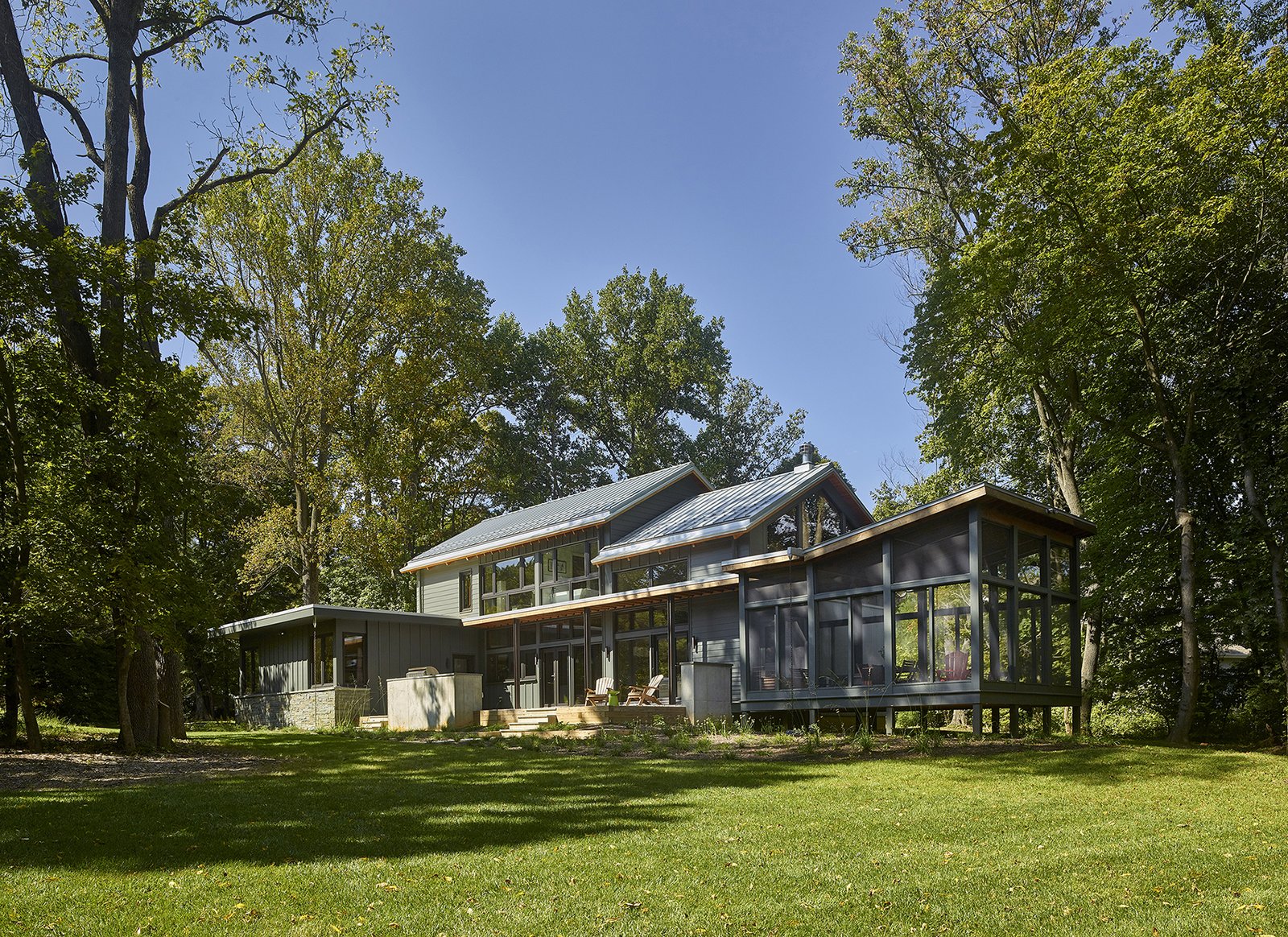The role of landscaping in passive solar building design can play a crucial part in maximizing shade and solar gain. By carefully planning and positioning landscape elements, homeowners can create outdoor spaces that work in harmony with the sun’s natural patterns, resulting in energy-efficient buildings that are comfortable year-round.
One of the primary goals of passive solar design is to take advantage of the sun’s energy to heat and cool a building naturally. This is achieved by orienting the building to maximize solar gain in the winter and minimize it in the summer. Landscaping can play a significant role in this process by providing shade and directing airflow around the building.
 Deciduous trees, which lose their leaves in the winter, can be strategically placed to block the sun’s rays during the hot summer months while allowing sunlight to penetrate and warm the building in the winter. Evergreen trees, on the other hand, can be used to create windbreaks that protect the building from cold winter winds.
Deciduous trees, which lose their leaves in the winter, can be strategically placed to block the sun’s rays during the hot summer months while allowing sunlight to penetrate and warm the building in the winter. Evergreen trees, on the other hand, can be used to create windbreaks that protect the building from cold winter winds.
In addition to trees, tall grasses and shrubs can be planted near windows to provide shade and reduce glare. Vines and climbing plants can be used to create living walls that insulate the building and help regulate temperature. Pergolas and trellises can be incorporated into the landscape to provide shade and create outdoor living spaces that are comfortable even during the hottest months of the year.
Another critical aspect of passive solar landscaping is the use of reflective surfaces. Light-colored materials, such as gravel or light-colored paving stones, can be used to reflect sunlight onto the building, increasing solar gain in the winter. Conversely, dark-colored materials can be used to absorb heat and reduce solar gain in the summer.
Water features can also play a role in passive solar landscaping. Ponds, pools, and fountains can help cool the surrounding air through evaporation, creating a more comfortable microclimate around the building. They can also be used to store heat during the day and release it at night, helping to maintain a stable temperature inside the building.
The benefits of passive solar landscaping extend beyond energy efficiency and comfort. A well-designed landscape can also increase property values, improve air quality, and support local biodiversity. Furthermore, incorporating green spaces and natural elements into the built environment can have a positive impact on mental health and well-being.
As climate change continues to impact our world, the importance of sustainable design practices, such as passive solar landscaping, will only continue to grow.
You can read the original article at www.energyportal.eu

